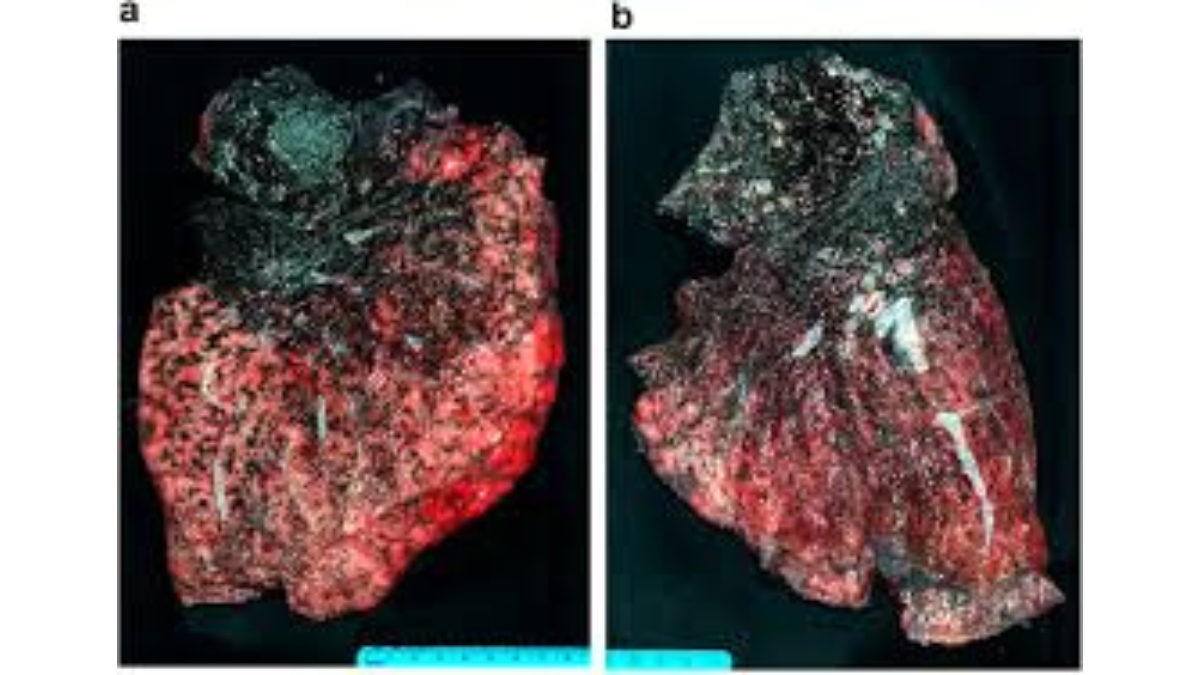This story was updated to note that coal miners were found to have a lower risk of dying from heart disease, not of developing it.
A federal government study shows that coal miners face a higher risk for death from lung disease, including black lung.
Coal miners born in 1940 or after have an eight times greater likelihood of dying from nonmalignant respiratory disease than the general population.
The University of Illinois Chicago and the Centers for Disease Control and Prevention studied more than 235,000 coal miners who died between 1979 and 2017.
The study found they had far greater odds of dying of black lung, COPD and lung cancer than the general population. Modern miners face greater risk than their predecessors, and the risk is concentrated in three Appalachian states: Kentucky, Virginia and West Virginia.
Severe black lung disease, which is caused by inhalation of mine dust, is more frequent in younger miners, the study found.
The only bright spot: coal miners were found to have a lower risk of dying from heart disease than the general population.
The Mine Safety and Health Administration is expected to issue a new rule on coal dust exposure in mines.
